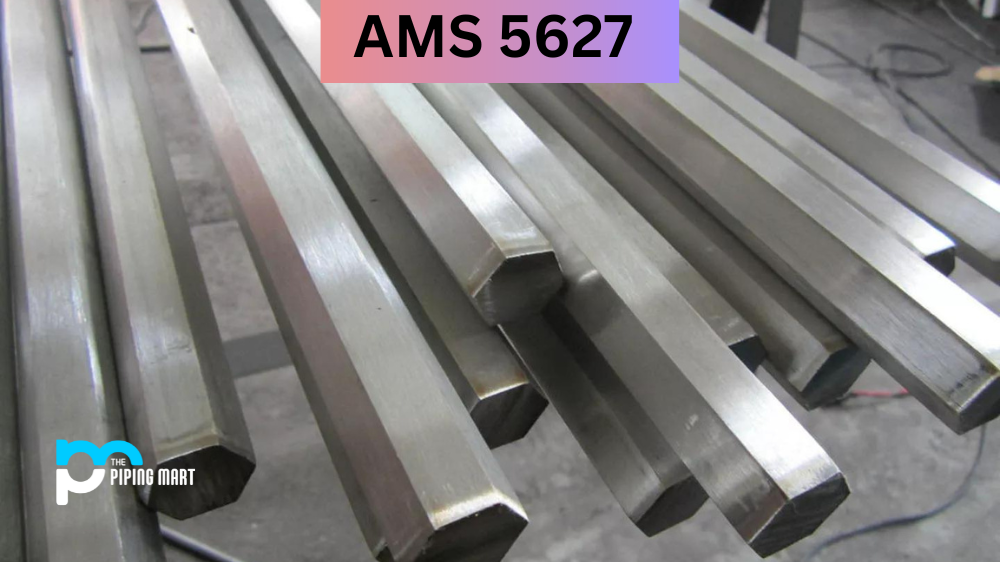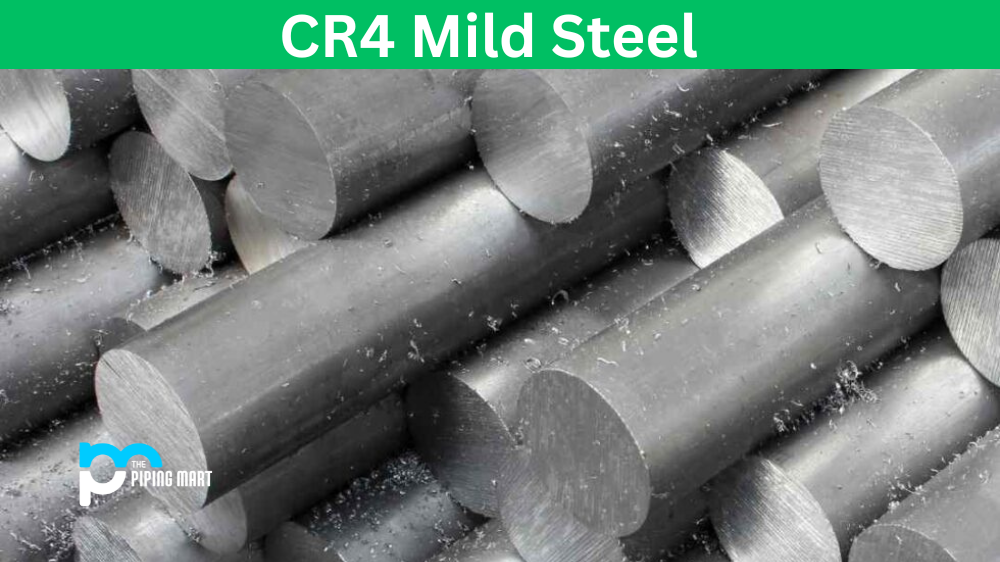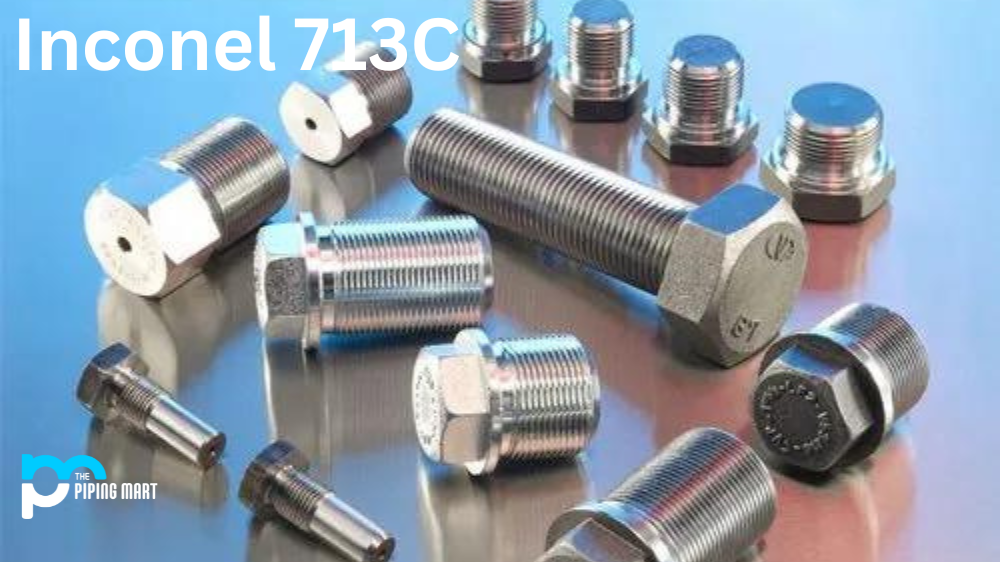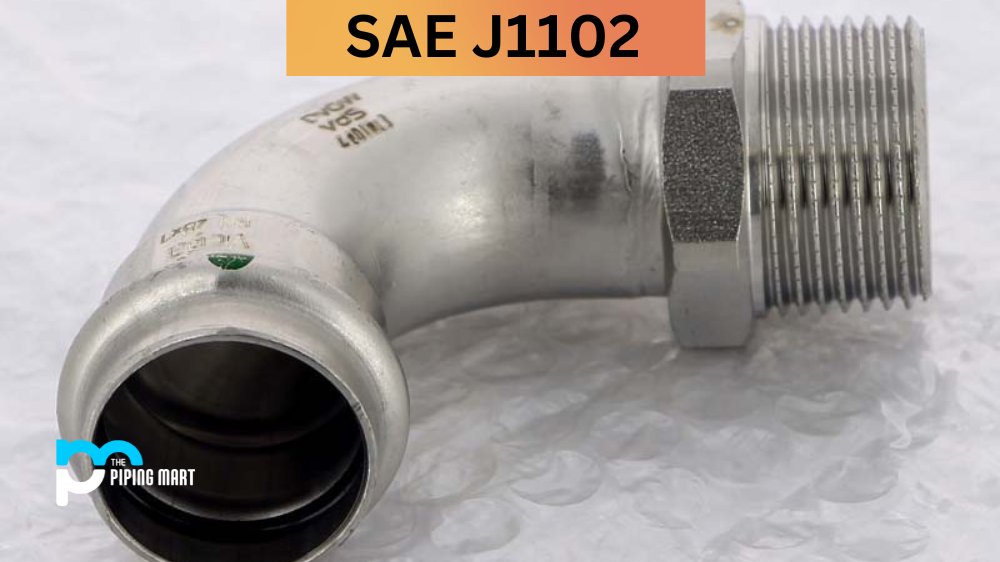Regarding industrial-grade steel, one of the most reliable types is AMS 5627. But what exactly is it? This specialized alloy is widely used in various industries, but only some are familiar with its distinct properties and uses. This post will dive deep into AMS 5627, discussing its composition, physical and mechanical properties, and various applications.
What is AMS 5627?
AMS 5627 (also known as 430 Stainless Steel Alloy) is a popular material used extensively in manufacturing jet engines and gas turbines in the aerospace industry. Its high strength, corrosion resistance, and weldability make it the go-to choice for applications requiring high performance under extreme conditions. The material also boasts exceptional creep resistance, which can withstand high-stress levels over prolonged periods. This makes AMS 5627 ideal for aerospace components that need to survive long flights and harsh environments. If you’re wondering what material goes into making some of the most powerful engines in the world, then AMS 5627 is a name you should know.
AMS 5627 Composition
AMS 5627 is a type of stainless steel alloy containing iron, nickel, chromium, and molybdenum. The exact composition of the alloy typically includes 0.08% Carbon, 2.00% Manganese, 0.75% Silicon, 16.0/18.0% Chromium, 10.0/14.0% Nickel, 1.50/2.50% Molybdenum, and a minimum of 0.03% Sulfur. This specific combination of materials makes AMS 5627 particularly resistant to corrosion and oxidation, making it the ideal choice for various applications.
|
GradeN |
C |
Mn |
Si | P | S | Cr | Mo | Ni | N | |
|
430 |
min. max. |
– 0.12 |
– 1 |
– 1 |
– 0.04 |
– 0.030 |
16 18 |
– |
– 0.50 |
– |
AMS 5627 Physical Properties
AMS 5627 is categorized as wrought austenitic stainless steel, which means it possesses certain physical properties that make it unique. For starters, the alloy exhibits excellent toughness, which makes it durable and capable of handling more stress than other varieties of stainless steel. It is also known to exhibit a low magnetic permeability and a high degree of flexibility. Another important physical property of AMS 5627 is its resistance to both high and low-temperature environments.
|
Grade |
Density (kg/m3) |
Elastic Modulus (GPa) |
Mean Coefficient of Thermal Expansion |
Thermal Conductivity |
Specific Heat 0-100°C (J/kg.K) |
Electrical Resistivity (nΩ.m) |
|||
|
0-100°C |
0-315°C |
0-538°C |
at 100°C |
at 500°C |
|||||
|
430 |
7750 |
200 |
10.4 |
11.0 |
11.4 |
26.1 |
26.3 |
460 |
600 |
AMS 5627 Mechanical Properties
Apart from its physical properties, AMS 5627 also boasts impressive mechanical properties. The alloy is known to exhibit strong resistance to stress corrosion, which makes it suitable for use in high-pressure environments. It’s tensile strength and yield strength are also significant, which makes it perfect for use in various applications that require high strength and durability. Finally, AMS 5627 exhibits outstanding creep resistance, allowing it to maintain its strength and properties even at high temperatures.
|
Grade |
Tensile Strength (MPa) min |
Yield Strength 0.2% Proof (MPa) min |
Elongation (% in 50mm) min |
Hardness |
|
|
Rockwell B (HR B) max |
Brinell (HB) max |
||||
|
430 |
483 |
310 |
22 |
85 |
183 |
AMS 5627 Specifications
|
Grade |
UNS No |
Old British |
Euronorm |
Swedish SS |
Japanese JIS |
||
|
BS |
En |
No |
Name |
||||
|
430 |
S43000 |
430S17 |
60 |
1.4016 |
X8Cr17 |
2320 |
SUS 430 |
AMS 5627 Uses
Given its impressive properties, AMS 5627 is widely used in various industries, including aerospace, marine, petrochemical, and power generation, to name a few. Its excellent resistance to corrosion and oxidation makes it a suitable material for use in many water-based applications such as desalination, water treatment plants and seawater piping. It also manufactures heat exchangers, chemical processing equipment, and gas turbine engine parts.
AMS 5627 Hardness and Heat Treatment
The hardness of AMS 5627 material is measured using the Rockwell C scale, typically within the range of 26-36HRC. To improve the hardness, AMS 5627 can be subjected to heat treatment processes, which involve heating the alloy to high temperatures and cooling it to achieve a specific microstructure. The most common heat treatment processes for AMS 5627 include annealing, solution annealing and precipitation hardening. By imparting specific microstructures and properties, the heat treatment processes enhance the physical and mechanical properties of AMS 5627.
Conclusion:
In conclusion, AMS 5627 material is one of the most versatile and durable steel alloys. Its unique composition, physical properties, mechanical properties, and various heat treatments make it applicable in wide-ranging industries. Whether you require a material that is resistant to corrosive environments or needs high mechanical strength, AMS 5627 is a perfect choice. With its versatility and reliability, AMS 5627 is a reliable solution that provides high-performance value to various applications.

A passionate metal industry expert and blogger. With over 5 years of experience in the field, Palak brings a wealth of knowledge and insight to her writing. Whether discussing the latest trends in the metal industry or sharing tips, she is dedicated to helping others succeed in the metal industry.




